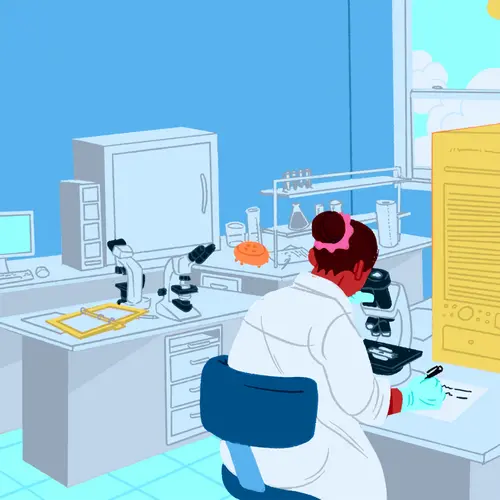When most people hear the word tumor, their next thought is cancer. But they’re not always the same thing. You get a tumor when instead of growing in their usual, orderly way, a group of cells starts to grow out of control. They form a mass that normally wouldn’t be there, and that mass may or may not be cancer.
If you have an adrenal gland adenoma, you have a tumor on your adrenal gland, but it’s not cancer. Your two adrenal glands, one on each kidney, make hormones. Hormones are like messengers that scoot around your body and tell your organs what to do -- from how to handle stress to controlling blood sugar levels.
Most adrenal gland adenomas don’t cause any problems -- they just take up space. But some of them are functioning tumors; they make the same hormones as your adrenal glands. The extra hormones from the tumor can lead to several conditions, such as Cushing’s syndrome. Typically, surgery and medicine can successfully treat the symptoms.
Causes
Doctors don’t know what causes adrenal gland adenomas, but you’re more likely to get one if you have certain genetic conditions, such as:
Familial adenomatous polyposis (FAP). This is a rare condition characterized by the presence of hundreds or even thousands of noncancerous polyps (growths) in the large intestine and upper respiratory tract.
Multiple endocrine neoplasia (MEN1). In this rare genetic disorder, noncancerous tumors form in the endocrine system. That’s a network of glands that produce and release hormones that help control many important functions in your body.
When you have conditions like these, you have a defect in one or more genes that can have different effects on your body.
Symptoms
Often, you wouldn’t even know you have one of these tumors. You might not have any symptoms, and you only find out about the condition because you got imaging for some other issue.
Having the tumors doesn’t make you any more likely to get adrenal cancer, but it can be hard to tell the difference between an adenoma and a tumor that’s cancer. So your doctor will likely have your urine and blood tested to check your hormone levels, and maybe do some imaging to be sure what it is.
If you do have symptoms, it’s because you have a functioning tumor that could be in either part of the adrenal gland: the outer part (the cortex) or the inner part (the medulla).
Adrenal Cortex Tumors
Your symptoms will vary based on which hormones the tumor makes.
- If you have too much aldosterone, you can get Conn’s syndrome, which may cause high blood pressure, low potassium levels, weakness and cramps in your muscles, and other issues.
- Too much cortisol can lead to Cushing’s syndrome, which can cause symptoms like weight gain around your belly, a very round face, and pink or purple stretch marks. It can also lead to mood swings and make you more likely to get diabetes.
- When it comes to sex hormones, you get different problems based on whether you’re a man or woman. In women, too much testosterone can cause problems like no menstrual periods and hair loss. In men, too much estrogen can cause lower sex drive and problems getting an erection.
Medulla Tumors
This type of tumor is called a pheochromocytoma. It’s rare and not usually cancer. You may get too much epinephrine or norepinephrine in your blood, which can cause high blood pressure, flushing/sweating, headaches, and heart palpitations.
Treatment
If you have a nonfunctioning tumor, you probably won’t need any treatment. Your doctor will just want to keep an eye on it to make sure it doesn’t become functional.
For functional tumors, you typically get surgery. You can usually have laparoscopic surgery, where the adrenal gland and tumor are removed through small openings made in your body. But if there’s a chance it’s cancer, you’ll likely need open surgery.
Sometimes, instead of surgery, you may be able to get medicine that prevents hormones from working or lowers their levels so you won’t have any symptoms.

